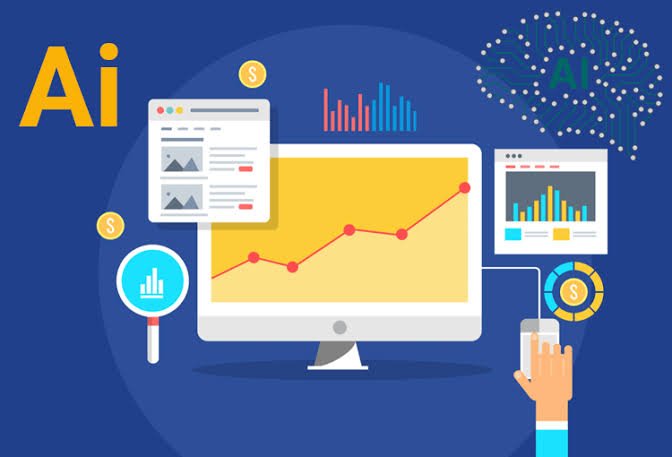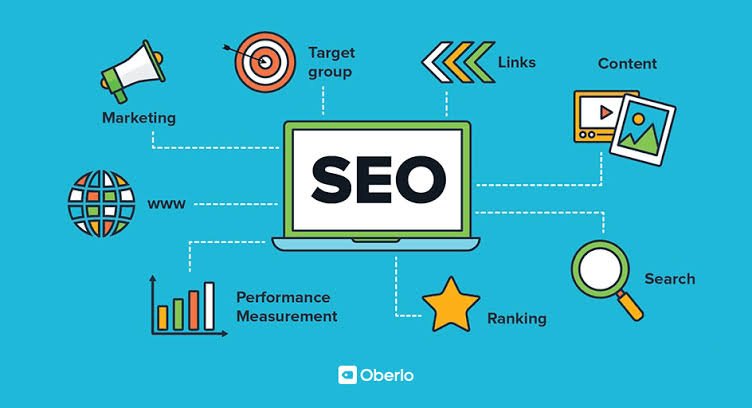Artificial intelligence (AI) has advanced so quickly that it has changed digital interactions, including how people search for and interact with content on the internet. We examined the traffic statistics of 3,000 websites to have a better understanding of the volume and make-up of AI-driven traffic. This investigation shed light on the volume of AI referrals, where they come from, and how site size affects them.

We divided websites into three groups according to the volume of traffic they received:
Websites with over 10,000 monthly visitors; those with 1,000–9,999 monthly visitors; and those with fewer than 999 monthly visitors
Seven top AI chatbots were used to assess these websites: ChatGPT, Claude, Copilot, Gemini, Perplexity, Jasper, and Mistral.
Important Results of Our Research
1. AI Drives 63% of Website Traffic
Among the 3,000 websites in our sample, 1,900 had at least one visit from an AI chatbot. This indicates that AI-driven recommendations are bringing users to almost two-thirds (63%) of the examined websites.
It’s crucial to remember that because referral sources are classified as “direct traffic” in analytics, certain AI traffic cannot always be tracked. Consequently, this proportion is the bare minimum of visitors that websites obtain from AI.
AI referrals are a great source of natural engagement since you can improve your content strategies by knowing where your AI-generated traffic is coming from.
2. 98% of AI traffic is dominated by three AI chatbots.
Three main chatbots produce 98% of the AI-driven traffic, despite the fact that several AI chatbots contribute to site referrals:
Fifty percent of all AI recommendations come from ChatGPT.
Copilot – 20% – Claude – 28%

These chatbots, which are driven by sophisticated large language models (LLMs), are crucial in guiding consumers to websites. According to this trend, companies looking to optimize for AI-generated search results ought to concentrate on becoming noticed in these three chatbot ecosystems.
3. The Largest AI Traffic Referrer is ChatGPT
ChatGPT is the leading player in AI search-based discovery, accounting for 50% of total referrals among AI-driven traffic. This result emphasizes how crucial it is to make sure your information is easily found and appropriately tailored for ChatGPT’s reactions.
By properly organizing their material and utilizing optimization strategies designed for LLMs, companies and content producers can increase their visibility in ChatGPT’s search results.
4. AI Traffic Makes Up 0.17% of the Traffic to an Average Website
Even though AI referrals are increasing, they still only account for a small portion of all website traffic. AI-generated traffic typically makes up 0.17% of all website visits.
However, depending on the business, site size, and content relevancy, this percentage fluctuates greatly. AI referrals represent a significant possibility for niche sites seeking to boost visibility, as smaller websites frequently receive a larger percentage of AI traffic in comparison to their overall visits.
5. The Largest Share of AI Traffic Goes to Smaller Websites
It’s interesting to note that the largest percentage of traffic from AI sources comes from smaller websites.

Compared to larger websites, AI chatbots account for a substantially larger portion of total traffic on websites with less than 999 monthly visitors. This is probably because AI-generated responses that contain relevant specialty or specialized material link to lesser websites.
AI optimization offers website owners with smaller audiences a calculated chance to boost interaction and draw in new users.
How to Track and Enhance Traffic Driven by AI
Website owners should monitor and examine the sources of their AI traffic in order to profit from referrals generated by AI. This can be accomplished, for example, with Ahrefs Web Analytics:
How to Use Ahrefs Web Analytics to Analyze AI Traffic
- Integrate Ahrefs Web Analytics – Use a little JavaScript snippet to connect your website to Ahrefs Web Analytics.
- Get to the Dashboard – Open Ahrefs and select the “Dashboard” option.
- Click on “Projects” – Choose the project for your website.
- Click on the Web Analytics Tab – Referral traffic is broken down here.
- Use Filters – To separate AI-driven traffic sources such as ChatGPT, Claude, or Copilot, apply a “source” filter.
How to Make Content Better for AI Referrals and Search
Take into account the following optimization strategies to raise the possibility that AI chatbots will reference your content:
1. Make Use of AI-Powered SEO Techniques
AI chatbots retrieve information from reliable, well-organized sources. Make sure your material adheres to standard practices, which include using headers and subheadings that are clear and well-organized.
Brief responses to frequently asked questions
- Adding schema markup and structured data
Regular changes to maintain the content’s freshness

2. Boost Brand References in AI Reactions
AI models are based on reliable and often referenced sources. Having your website mentioned in AI-generated responses can increase website traffic. Among the tactics are: – Disseminating industry reports or original research
Working together with professionals to establish credibility
Participating in guest posting on reputable websites
3. Make Certain Chatbots Work Better
Every AI chatbot has a unique method for indexing and retrieving content. Adjust your optimization strategies to conform to the main AI search engines:
- Claude: In-depth analysis with lengthy, thorough explanations – Copilot: Integration with Microsoft services for business-oriented questions – ChatGPT: Well-organized, factual, and readily readable content
4. Use AI-Generated Content for Search Engine Optimization
The exposure of your website can be increased by using AI to create supplemental material like topic clusters, summaries, and frequently asked questions. Content formats that are AI-friendly include:
Summaries with bullet points
Listicles and instructions for quick reference
Responding concisely to frequently asked questions

5. Monitor the Visibility of AI Search
You may improve your optimization plan by routinely tracking your AI-driven traffic. The following are some helpful resources for monitoring AI search presence:
Google Search Console (for AI-driven snippets) – Ahrefs Web Analytics – SEMrush and Moz (for keyword tracking)
Conclusion: AI Traffic in Search’s Future
Referrals powered by AI are becoming a more significant component of digital marketing. Businesses need to focus on AI optimization because 63% of websites receive AI traffic and 98% of AI referrals are from ChatGPT, Claude, and Copilot.

To optimize AI-generated exposure, website owners must comprehend how AI chatbots retrieve and rank information. Businesses may maintain an advantage in this changing digital environment by putting AI-focused SEO methods into practice, keeping an eye on referral sources, and improving content structure.
Maintaining and increasing traffic in the future will depend on monitoring AI trends and improving optimization techniques as AI-powered search continues to develop.







